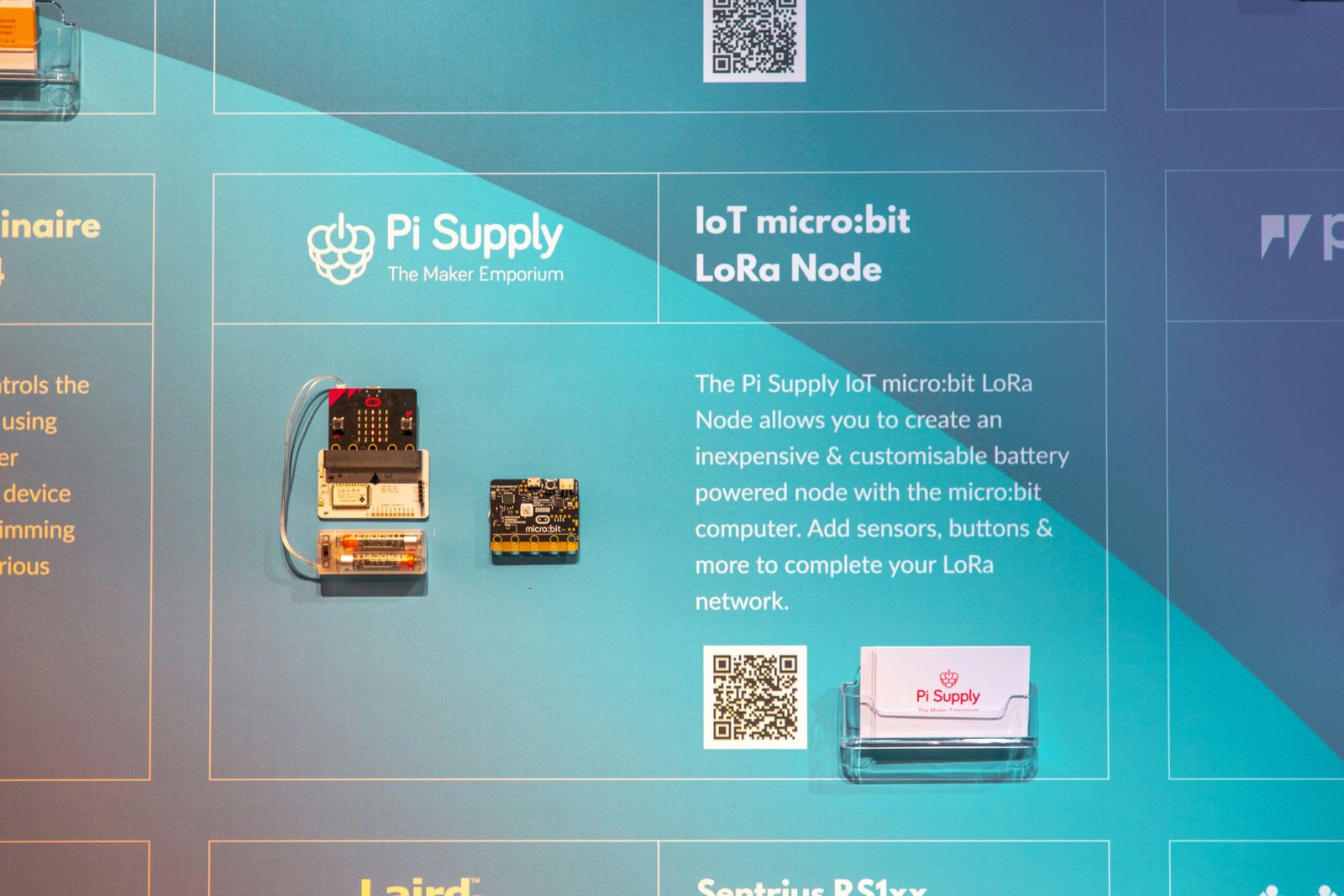
Case Studies: Successful Applications of EO PIs in Various Fields
The world is becoming increasingly interconnected, and with that comes the need for innovative solutions to tackle complex challenges. Enter EO PIs—Earth Observation Performance Indicators. These powerful tools harness satellite data and other geospatial information to provide valuable insights across various sectors. From agriculture to urban planning, the applications of EO PIs are as diverse as they are transformative.
Imagine being able to monitor crop health in real-time or optimizing city layouts based on environmental conditions. The potential of EO PIs extends far beyond traditional uses, opening doors to smarter decision-making processes. This blog post will delve into several compelling case studies showcasing successful implementations of EO PIs across different fields. Join us as we explore how these indicators are reshaping industries and paving the way for a more sustainable future.
Case study 1: Implementation of EO PIs in Agriculture
The integration of EO PIs in agriculture has revolutionized the way farmers monitor and manage their crops. By harnessing satellite imagery and remote sensing data, agricultural professionals can assess crop health with incredible accuracy.
One notable case involved a cooperative of farmers who employed EO PIs to optimize irrigation practices. They analyzed soil moisture levels using satellite data, which allowed them to apply water precisely where it was needed most. This not only reduced waste but also enhanced yield.
Another example features pest management strategies supported by EO PIs. Farmers utilized real-time data to identify areas at risk for infestations, enabling timely interventions that minimized pesticide use.
As these case studies illustrate, the application of EO PIs transforms traditional farming methods into more sustainable practices while maximizing productivity and resource efficiency across the board.
Case study 2: Use of EO PIs in Urban Planning and Development
Urban planning is a complex puzzle, requiring insight into diverse factors. EO PIs have emerged as essential tools for this challenge.
Cities like Barcelona have harnessed EO PIs to monitor urban heat islands and green spaces. By analyzing satellite imagery, planners can identify areas needing revitalization or increased vegetation. This helps in crafting sustainable cities that thrive.
Moreover, the use of EO PIs facilitates informed decision-making regarding infrastructure development. For instance, Seoul utilized these indicators to assess land use patterns effectively. The data guided investments in public transportation systems, enhancing accessibility.
Environmental impact assessments benefit significantly from EO PIs as well. They provide real-time data on pollution levels and air quality trends. Such insights empower authorities to implement effective policies for cleaner urban living.
By integrating EO PIs into their strategies, city planners are building resilient environments that cater to growing populations while preserving ecological balance.
Case study 3: Utilizing EO PIs for Disaster Management and Response
Disaster management has transformed with the integration of EO PIs. These indicators provide real-time data crucial for effective response strategies.
A notable example is how satellite imagery helps in assessing damage during natural disasters like hurricanes or earthquakes. Authorities can quickly gauge affected areas, enabling targeted aid distribution.
In California’s wildfires, EO PIs facilitated rapid mapping of fire spread patterns. This information allowed emergency services to prioritize evacuation routes and allocate resources efficiently.
Moreover, monitoring environmental changes through EO PIs aids in predicting future disasters. By analyzing trends such as rising sea levels or land degradation, communities can proactively implement risk mitigation measures.
The synergy between technology and disaster response continues to evolve, making it easier for governments and organizations to save lives while minimizing economic loss. The potential applications are only just beginning to unfold.
Challenges and Solutions in Implementing EO PIs
Implementing EO PIs comes with its share of challenges. One major hurdle is the integration of data from various sources. Different formats and standards can complicate analysis.
Another challenge is the need for specialized skills. Many organizations lack personnel who are trained in interpreting EO PI data effectively. This gap can lead to underutilization of valuable insights.
Budget constraints also pose a significant obstacle. High-quality satellite imagery and processing tools require investment, which may deter smaller entities from adopting these technologies.
To address these issues, training programs are essential. Empowering teams with the right skills will enhance data interpretation capabilities.
Collaborative platforms can streamline access to diverse datasets, making integration smoother. Furthermore, public-private partnerships could provide financial support, helping smaller organizations leverage EO PIs effectively while minimizing costs.
Future Possibilities for EO PIs in Various Industries
The future of EO PIs is brimming with potential across multiple industries. As technology advances, the precision and accuracy of Earth observation data continue to improve. This can drive smarter decisions in agriculture, where farmers could fine-tune their crop management strategies.
In healthcare, EO PIs may offer insights into environmental factors that affect public health. Monitoring air quality and pollution levels can lead to better health outcomes for communities.
Moreover, the integration of machine learning with EO data holds promise for urban planning. Cities could adapt more swiftly to changing demographics by analyzing land use patterns effectively.
Disaster response efforts are also likely to benefit from enhanced predictive analytics powered by EO PIs. Real-time data will allow agencies to allocate resources efficiently during emergencies.
As industries explore these advancements, collaboration between private firms and governments will become essential in unlocking new applications for EO PIs.
Conclusion
The potential of EO PIs is vast and continues to grow. As demonstrated in agriculture, urban planning, and disaster management, these indicators provide invaluable insights that can lead to better decision-making and resource management. Each case study highlighted the adaptability of EO PIs across different sectors.
However, challenges such as data accessibility and technical expertise remain significant hurdles. Addressing these issues will be crucial for wider adoption. Looking ahead, innovations in technology may further enhance the capabilities of EO PIs.
As various industries recognize their value, we can anticipate an increased integration of EO PIs into everyday practices. This transformation promises not only efficiency but also a more sustainable approach to tackling global challenges. The journey with EO PIs has just begun, opening doors for future advancements that could reshape how we understand our environment and respond to its needs.








